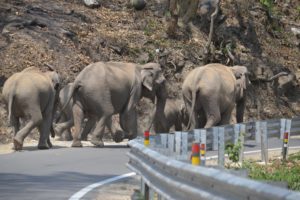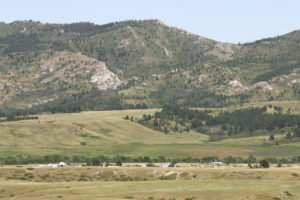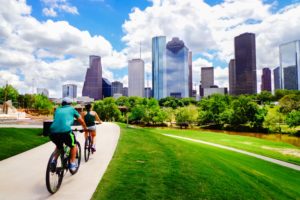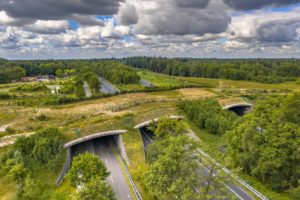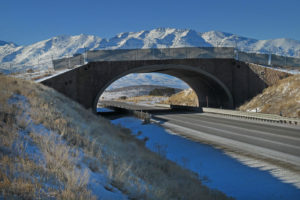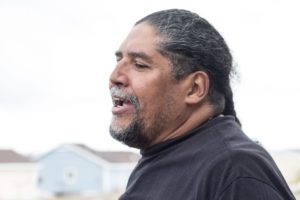Career Opportunity: Chief Operating Officer
The Center for Large Landscape Conservation is looking for a new team member to fill the position of Chief Operating Officer (COO). The Center is growing, and we are seeking an experienced COO to oversee the organization’s business operations to ensure we are positioned for continued growth and effective delivery of our conservation mission.


